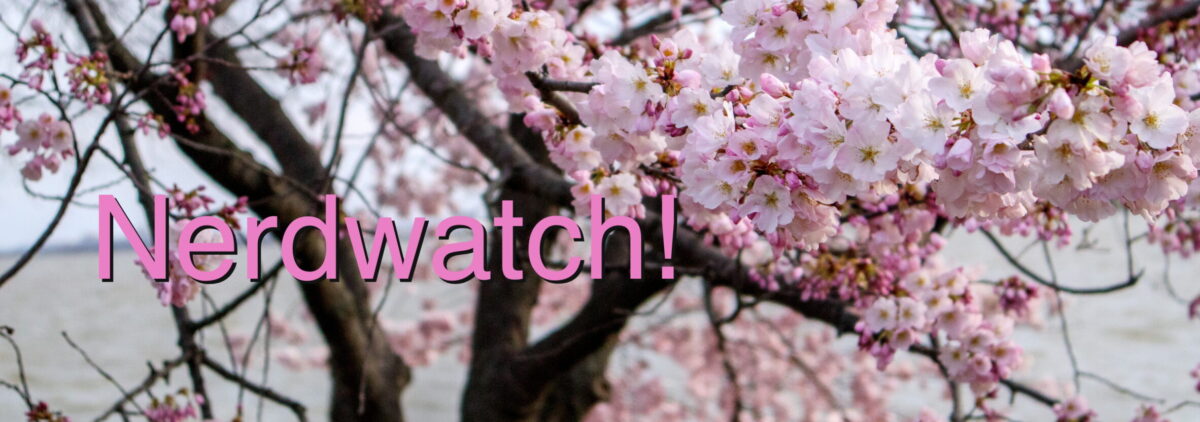From there we went back into town, and took the Shitamachi bus around parts of Tokyo. It’s basically a tour bus, run by the Toei company, and it stops along a set path at major attractions. You can get an all-day pass for 500 yen, which lets you get on and off any of the buses all day at any stop. We used it to go to Asakusa, which has one of the largest shrines in Japan. Unfortunately, the main part called the Sensoji temple was being worked on, so there was a huge scaffold and cloth covering it.
We stopped off on the next bus at Akihabara, just as the sun was going down, because I needed to find an adaptor for my laptop power supply. My makeshift one was not very good looking, and probably wouldn’t have been allowed, so I found a replacement. Akihabara is “otaku”, or anime fan central, and for some reason the concept of “maid cafes” has really taken off, and walking down the street is like running a maid gauntlet, cute girls dressed as maids, handing out flyers for their restaurants, every 20 feet or so. We called it a night with supper at Denny’s near the hotel.
Saturday, we went to Jinbocho, which is the bookstore district of Tokyo. Dozens of bookstores all along the main street, with untold numbers of tiny specialty shops above them, and along side streets. You can find just about any book you want, in just about any language you want. Unfortunately the store I was interested in was closed, but I don’t know if it was just for the weekend, or if it’s closed for good. The company is still in business, they print lots of books on learning Japanese, but they may not have kept their store open, for some reason.
After that, we went back to Akihabara, so I could feed my own otaku needs, but we only spent about an hour and a half there, and I only got about 6 or 7 pounds of manga. I was kind of scoping out to see what’s popular there, and what will be popular in the US in a few months. I was hoping to see the promenade, where the close off the main street to cars, and allow pedestrians and performers and sellers to walk around. But, that’s only on Sundays, so we took the subway back up to Asakusa.
When we got to Asakusa, we took a boat tour of the Sumida river, which runs through Tokyo down into Tokyo Bay, and gives you a good view of downtown Tokyo. Two of the main things to see are the old Tokyo Tower, which was built for early TV and radio transmissions in 1958, and the new Tokyo Sky Tree, which will be a huge tower for digital TV transmission when it’s finished in late 2011. It will be open to the public in Spring of 2012, and once it’s finished it will be the tallest structure of its kind in the world, if I remember correctly. It is already the tallest structure in Japan, and it’s easily visible all the way down in Odaiba, which was our tour destination. Odaiba is an area of ports and shops and parks, all built on man-made land reclaimed from Tokyo Bay. It is connected to the mainland also by the Rainbow Bridge, called that because it’s lit by different colored lights at night.
We caught the subway back from Odaiba to the hotel and called it a night early. Whirlwind tours of a country are exhausting…
Today, it’s off to Narita to spend the night before we leave for the US on Monday!
